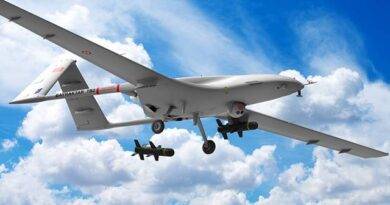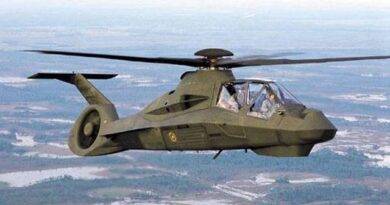The Empennage Explained: Unlocking the Secrets of Aircraft Tail Design
Airplanes are extremely complex structures. In airplanes, many different parts come together and work in harmony. In this article, let’s look at the term Empennage. What is it? What part of the plane is it? And what does it do?
Empennage; It is the name of the part formed by the combination of many parts in the tail part of the aircraft. Sometimes the term Tail Assembly is used.
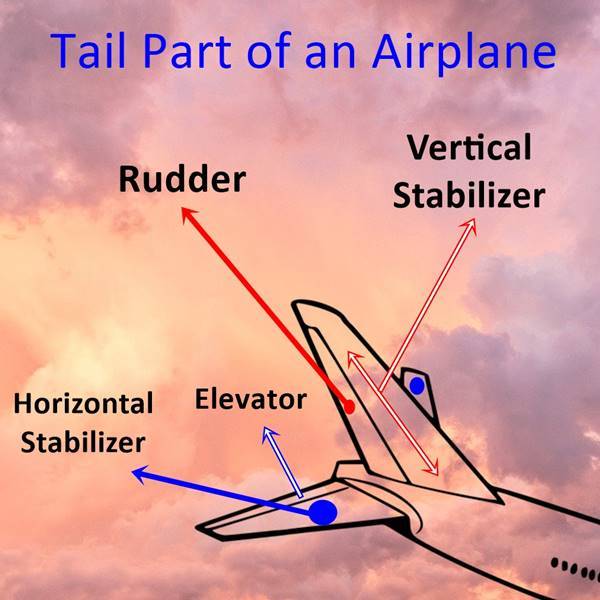
The word empennage is a word of French origin. The term derives from the French language verb empenner which means “to feather an arrow”. At this point, let’s bring to mind the arrows used in the game of darts or used as a combat tool in the history. There are some parts on the back end of these arrows that make them go straight and stable. The logic is quite similar.
Empennage 101:
- Location: Found proudly at the rear of the fuselage, where the party ends (but the flying magic happens!).
- Components: Two key players: the vertical stabilizer (that tall fin) for keeping things steady side-to-side, and the horizontal stabilizer (the smaller wings on the back) for pitch control, meaning climbing and diving like a pro.
- Job description: Stability king! The empennage keeps the airplane balanced and prevents any unwanted wobbles during flight. It acts like a giant rudder, ensuring smooth sailing (literally) through the air.
- Fun fact: The word “empennage” comes from the French verb “empenner,” which means “to feather an arrow.” And just like feathers guide an arrow, the empennage guides the mighty airplane.
What does it do?
Today, almost all airplanes have parts that we can call empennage. However, even a little bit of aircraft with no empennage – tailless have also been designed and manufactured (example: de Havilland DH 108). In addition, it is possible to talk about many different types of empennage due to the structural differences of the parts it contains.
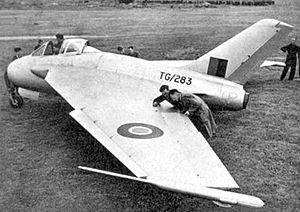
Empennage basically provides stability to the aircraft. In that section, there are several control surfaces that control the Yaw-Pitch-Roll maneuvers. Thanks to these control surfaces, the aircraft is guided and a safe flight takes place.
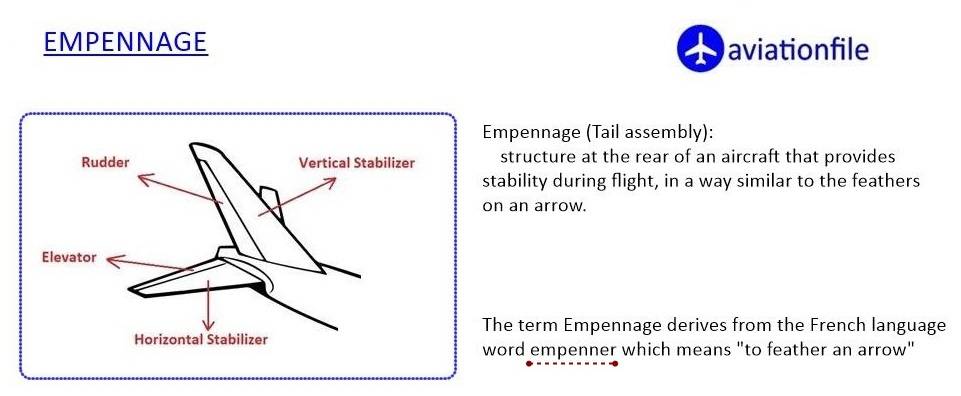
Material Advances in Empennage Design
The materials used in empennages have evolved significantly to improve aircraft performance, safety, and efficiency. Traditional empennages were constructed primarily from aluminum alloys, valued for their strength, durability, and light weight. However, advancements in aerospace engineering have led to the widespread adoption of composite materials, such as carbon fiber-reinforced polymers, which offer superior strength-to-weight ratios, corrosion resistance, and flexibility in aerodynamic shaping. These innovations not only enhance fuel efficiency by reducing overall aircraft weight but also improve the durability and lifespan of empennage structures, making them a critical focus in modern aircraft design.
Key Components of the Empennage
The empennage, or tail assembly, consists of key components that provide stability and control for an aircraft:
- Vertical Stabilizer (Tail Fin): A fixed surface that maintains directional stability and prevents side-to-side (yaw) movement. It often houses the rudder.
- Rudder: A movable control surface attached to the vertical stabilizer, used to control yaw and assist in turning the aircraft.
- Horizontal Stabilizer (Tailplane): A fixed horizontal surface that stabilizes the aircraft’s pitch (up-and-down movement).
- Elevator: A movable surface attached to the horizontal stabilizer, controlling the aircraft’s pitch and altitude changes.
- Trim Tabs: Small adjustable surfaces on the elevator or rudder, helping reduce pilot effort by maintaining a stable flight attitude.
Together, these components ensure the aircraft remains balanced and responsive during flight.
References and Further Reading:
- Wikipedia: https://www.aircraftsystemstech.com/p/empennage-empennage-of-aircraft-is-also.html
- SKYbrary Aviation Safety: https://en.wikipedia.org/wiki/Empennage
- Monroe Aerospace Blog: https://monroeaerospace.com/
- Federal Aviation Administration (FAA): https://www.faa.gov/aircraft
- The Airplane Design Group: https://skybrary.aero/articles/airplane-design-group-adg (Technical insights on design and analysis)
- NASA Aeronautics: Aircraft Controls: https://www.nasa.gov/wp-content/uploads/2023/06/axes-control-surfaces-k-4.pdf

